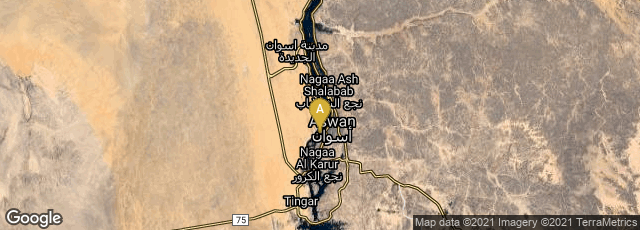

The Bankes Homer, a second century papyrus roll consisting of Iliad 24 (Ω) lines 127-804, (P. Lond. Lit. 28; TM 60500), is one of the longest and best preserved papyri of Homer surviving from antiquity. Its colophon reads Ἰλίαδος Ω. Like most Homeric papyri, it is incomplete, lacking the first 126 lines of Iliad 24, and possibly all of Iliad 23. The roll measures 240 x 2325mm. In April 2014 digital facsimiles of the papyrus unrolled and unpressed showing its wrinkles, and also flattened out under glass, were available from the British Library at this link.
The Banks Homer contains 16 columns of Greek written in scriptio continua in an uncial hand, each column measuring 195 x 105mm, and containing between 42 and 44 lines. The papyrus also contains the names of characters in the margin to indicate passages of direct speech, and abbreviated notes marking narrative sequences of text. In addition, it contains breathing marks and accents made by an ancient diorthotes or "corrector" to show correct poetic pronunciation.
In the ancient world reading of literary texts was done aloud, and the accentual marks served as an aid for maintaining correct pronunciation. In scholia for the Tékhnē grammatiké (τέχνη γραμματική) attributed to the Hellenistic grammarian Dionysius Thrax (23.3f. ed. Hilgard 1901) the role of the "corrector" was described:
"Before the student would begin to read the corrector [diorthotes] would take the book and correct [diorthousthai] so that he [the student] would not read it wrong and thus fall into a bad habit. Afterward, the student woudl take the book as corrected [diorthousthai] to a reading-teacher [anagnostikos] who was supposed to teach him how to read according to the correction-work [diorthosis] of the corrector [diorthotes]" (Nagy, "Traces of an Ancient System of Reading in the Venetus A," Dué (ed) Recapturing a Homeric Legacy [2009] 135.)
The Bankes Homer was purchased in Elephantine, Egypt in 1821 by the explorer, Egyptologist, adventurer, and antiquary William John Bankes. Bankes retained as interpreter and intermediary another adventurer named Giovanni Finati, and it was Finati who acquired the manuscript, describing the purchase his memoirs, which Bankes translated from the Italian and edited for publication as Narrative of the Life and Adventures of Giovanni Finati, Native of Ferrara, 2 vols, London 1830, vol. 2, pp. 357-58. In his blog dated 02-13-2014 Roger Pearse reproduced this section of Bankes edition of Finati's text, which I quote:
". . . we all took our departure together for Assouan. And it was during our stay there of a few days that, on the opposite island of Elephantine, (which I have always remarked to be, after Thebes, the place where the greatest harvest of curious antiquities is brought for sale by the natives,) a roll of papyrus in the Greek character + was put into my hands, for which I bargained and fixed the price in the first place, and then took it to Monsieur Linant for the money, stipulating at the time that it was to be bought on Mr. Bankes’s account.
"This roll proved to be that manuscript of Homer * which is considered so precious, but which it grieved me afterwards, and ever will, to have seen sold for more than its weight in gold + to that gentleman whom I considered the owner of it, and who would certainly have had it at my hands, without any further demand.
"+ In my own journey, I bought a scrap of Greek upon papyrus in a very fine clear character, which seems to be the fragment of a letter or edict. I have a great number of tiles also written in a cursive Greek character, and highly curious upon that account, which purport to be receipts of pay by the Roman soldiery at Assouan during several reigns, from Tiberius to Commodius—one of these I found myself at Elephantine; and I have an amphora, also, that has served the same purposes as a modern slate to some tradesman’s family in Roman times, with his house or shop accounts registered upon it in ink from day to day.
"* It contains the last book of the Iliad, most beautifully written, in uncial letters, and the lines numbered in the margin: what is very surprising, it has had accents added to it afterwards.
"+ The author, though the first who had the handling of this papyrus, seems here to have formed a very undue estimate of its weight, for the sum which I paid for it amounted to no less than 25,000 piastres (about 500l.), that being stated as the offer that had been made for it from another quarter."
In 1879 the British Museum acquired the papyrus from Walter Ralph Bankes (1853-1904).